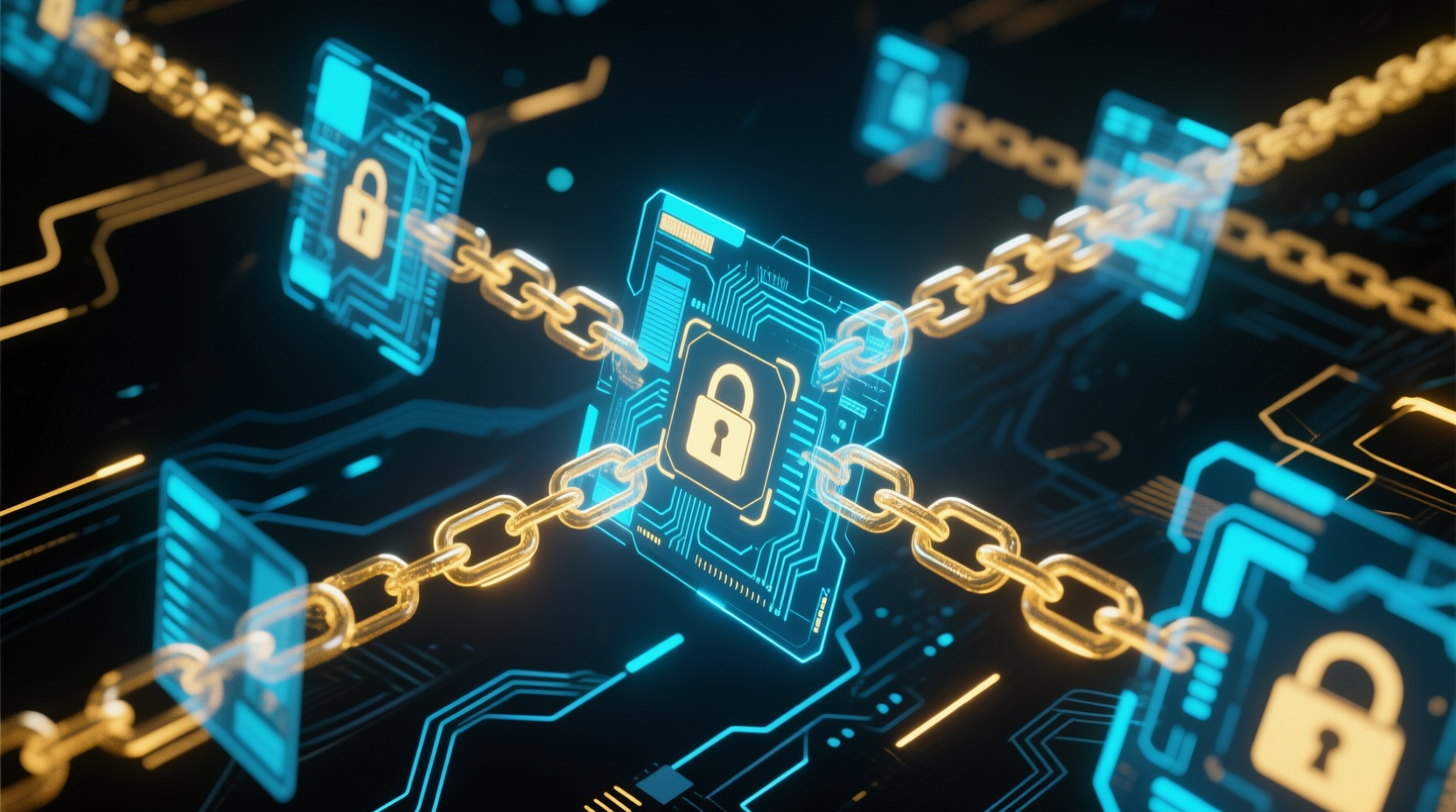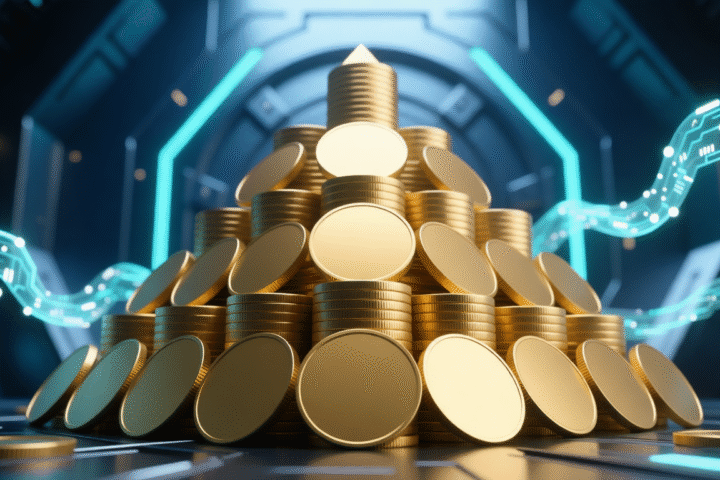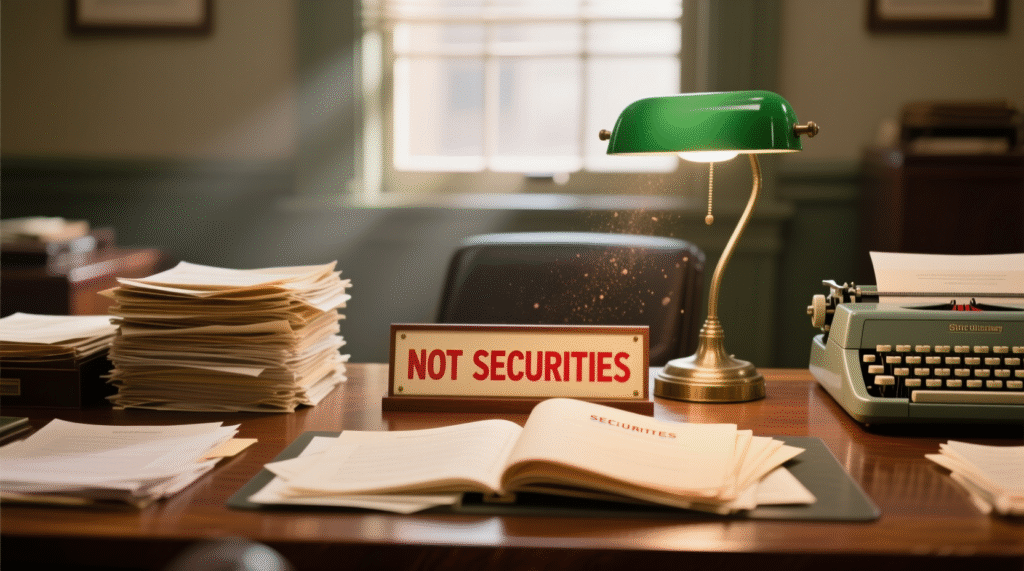Key points:
- Gas fees are essential payments for processing actions on a blockchain, like sending crypto or minting NFTs, and they help keep the network running securely and fairly.
- These fees exist to reward miners or validators, prevent spam, and manage traffic, ensuring that the system remains efficient and decentralized.
- Gas fees are influenced by three main factors: the gas limit (how much work a transaction needs), the gas price (what you’re willing to pay), and overall network demand.
- Because there’s no central authority to cover costs, users pay gas fees as the trade-off for transparency, security, and control in a decentralized financial system.
If you’ve ever tried to send crypto or mint an NFT and suddenly got hit with a weird extra charge, congrats, you’ve met gas fees. Despite the name, they have nothing to do with fuel or driving. They’re one of the most confusing and frustrating parts of using crypto, especially when you’re just starting out.
In this article, we’ll explain what gas fees are, why they show up when you least expect them, and how they keep blockchains running. No tech jargon. No boring lectures. Just a clear look at the fee everyone loves to hate.
What Are Gas Fees?
Let’s keep it simple: gas fees are the cost of doing stuff on a blockchain. Sending crypto? You pay a fee. Swapping tokens? There’s a fee. Minting an NFT? Yep, another fee.
These fees aren’t random or just there to be annoying. They go to the people (or machines) who process and validate your transaction. Without them, blockchains wouldn’t function properly. Think of it like paying someone to make sure your crypto move actually happens and is recorded on the chain.
A Toll Booth for the Blockchain
One easy way to picture it is like a toll road. If you want to drive from point A to point B, you pay a small toll to use the road. That money goes toward maintaining the road and keeping traffic moving.
In crypto, the “road” is the network. Every time you make a transaction, you’re asking the blockchain to do some work. So you pay a little toll to keep it running smoothly.
Or Maybe It’s More Like a Tip
Another way to think of it is like tipping your waiter. You’re not forced to tip a specific amount, but the size of your tip can affect how quickly your order gets handled. If you offer a better tip, miners or validators are more likely to prioritize your transaction.
So yes, gas fees are a thing. But they’re not pointless. They help keep everything fair, secure, and running behind the scenes, even if they feel like a pain in the wallet.
Why Do Gas Fees Exist?
If you’ve ever wondered why gas fees even exist in the first place, the answer is simple: they keep the blockchain safe, fair, and functional. The annoying little fee you pay? It’s doing more than you think.
1. They Reward the People Doing the Work
Behind every transaction, there are people (or more often, powerful machines) making sure everything is valid. These are miners on proof-of-work blockchains like Bitcoin, or validators on proof-of-stake systems like Ethereum today.
When you pay a gas fee, you’re basically saying, “Hey, thanks for processing my transaction.” That fee helps cover the cost of running the hardware, staying online, and doing the cryptographic heavy lifting that keeps the blockchain secure.
2. They Prevent Spam
Imagine if you could send a million transactions a minute for free. The entire network would grind to a halt, flooded with useless junk.
Related: Jump Trading Faces $4B Lawsuit For Rigging the Terra Collapse
Gas fees create a natural filter. If every transaction costs a little something, people are less likely to spam the system just for fun. This helps keep the network clean and focused on real activity.
3. They Keep the System Moving Smoothly
Blockchains can only process so many transactions at once. When things get busy, gas fees help prioritize which transactions go through first.
People who are in a rush might pay a higher fee to skip the line. Others might pay less and wait a little longer. It’s not perfect, but it helps keep things moving when traffic gets heavy.
Gas fees aren’t just there to drain your wallet. They’re part of how blockchains stay secure, efficient, and fair for everyone using them.
How Are Gas Fees Calculated?
Now that you know what gas fees are and why they exist, let’s talk about how they’re calculated. Spoiler: it’s not just one number pulled out of thin air. There are a few moving parts that work together to determine how much you’ll pay.
1. Gas Limit: How Much Work Your Transaction Needs
Think of the gas limit like the amount of energy it takes to get your transaction done. Some actions use more gas than others. Sending ETH to a friend? That’s a light task. Interacting with a smart contract or minting an NFT? That’s heavier and requires more gas.
Your wallet usually sets the right limit automatically, but knowing this helps explain why some transactions cost more than others.
2. Gas Price: How Much You’re Willing to Pay Per Unit of Gas
This is the price you’re offering per “unit” of gas. It’s a bit like bidding for attention. If the network is quiet, you can get away with a lower price. But if it’s busy, you might need to offer more to get picked faster.
Most modern wallets help estimate this for you, but you can always adjust it manually if you’re feeling adventurous.
3. Network Demand: The Traffic Jam Factor
Here’s where things can get spicy. When lots of people are using the network at the same time, gas fees go up. It’s like rush hour. More traffic means more competition, and suddenly you’re paying a lot more just to get through.
Related: Pump.fun Ex-Dev Jarett Dunn Gets Six Years for $2M Theft
This is why fees often spike during:
- NFT launches
- Meme coin frenzies
- Major DeFi activity
- High-profile events (like airdrops or token swaps)
If you’re not in a hurry, waiting for a less busy time can help you save a lot.
Why You Have to Pay Them
At this point, you might be thinking, “Cool, I get it… but why can’t blockchain just cover the gas fees for me?” Fair question. The answer comes down to how blockchains are built.
There’s No Middleman Flipping the Bill
In traditional finance, you don’t usually think about the behind-the-scenes costs because a central authority handles them. Banks, credit card companies, and payment apps all charge merchants or take their cut quietly in the background. You just tap and go.
In crypto, it’s different. There’s no bank, no boss, and no middleman. That means there’s also no one paying for the network’s upkeep. You’re interacting directly with the system, and that system runs on collective power. Gas fees help keep that power going.
Decentralization Comes With a Price
One of the biggest promises of crypto is decentralization. It means no single entity controls the network. You don’t need to trust a bank, a government, or a giant tech company. Instead, you trust math, code, and the community of validators keeping the system running.
But here’s the catch: when you remove the middleman, the cost doesn’t disappear. It just becomes more visible. That’s the role of gas fees. They’re the price of doing business in a system where you’re in control.
You’re Paying for Transparency and Security
Every transaction you make on a blockchain is verifiable, traceable, and secure. That’s not magic. It’s the result of thousands of machines working together to process and validate data. Gas fees help fund this work and make sure everyone plays by the rules.
So while gas fees might seem annoying at first, they’re actually a sign that the system is working the way it’s supposed to. No hidden charges. No fine print. Just the open cost of a truly decentralized network.
Wrapping It Up: Gas Fees Aren’t Just Hot Air
Gas fees might sound annoying at first, but they’re actually one of the key ingredients that make blockchain work. You’re not just throwing money into the void. You’re paying for the power it takes to process your transaction, verify it across the network, and keep everything secure and running without a central authority calling the shots. It’s the cost of using a decentralized system where no one’s in charge, and no one can mess with your stuff.
So don’t let gas fees scare you off. They’re just part of the ride. And the more you know about them, the smoother your trip through the blockchain world will be.












